Why You Should Keep a Close Eye on Your Chimney Liner
Because chimney liners are inside the flue, they often get overlooked and forgotten about. This is never a good idea, because chimney liners perform several very important jobs. Like all parts of a chimney, liners can fall into disrepair. For this reason, annual chimney inspections and prompt repair work are critical.
What your chimney liner does
All chimney liners, no matter what materials they’re made of, do three things to keep your chimney, home and family safe.

Quality chimney liners allow smoke and combustion gases to draft properly
Chimney liners are sized to correctly fit your flue and the appliance (fireplace, etc.) that’s attached to it. The right-sized flue allows for proper drafting, which causes fires to burn better and create less smoke. Efficient drafting also keeps combustion gases including deadly carbon monoxide from backing up into the home.
Liners protect the chimney structure
When fires burn, the gases they create are toxic and acidic – so much so that they can eventually eat away at the internal bricks and mortar of your chimney. A cracked chimney liner puts not only the chimney structure at risk but also other parts of the home.
Liners protect adjacent building materials
If the intense heat and gases from fires are allowed to get past the chimney liner, they may come into contact with vulnerable wall boards, insulation, rafters and other materials used to construct your home. Many home fires each year are caused by severely damaged chimney liners.
Chimney inspections
There’s virtually no way the average homeowner can evaluate the condition of his or her chimney liner. If it’s been more than a year since your chimney and its liner were last inspected, it’s a good idea to schedule one soon.
Chimney inspectors who are certified through the Chimney Safety Institute of America (CSIA) can determine if there is damage to your liner and how bad the damage is. Experienced inspectors are familiar with all types of chimneys and liners, and they can use specialized video camera technology to see parts of the chimney liner that couldn’t be seen otherwise.
 Chimney liner repair & installation
Chimney liner repair & installation
A thorough inspection will tell you if chimney liner repair is a sufficient solution. When a chimney liner has suffered major damage, the smartest move is to have a new liner installed.
If a chimney liner replacement is called for, your inspector will help choose the best type for your needs and budget. Modern stainless steel liners are considered superior, although clay tile and cast-in-place liners are still being used effectively in homes across America.
Chimneys in many older homes weren’t built with a liner. If you have one of these homes and aren’t sure whether or not the chimney is lined, schedule an inspection before you start using your fireplace next season.
Northeastern Chimney of West Hartford, CT, can help with all levels of chimney liner repair/installation, masonry repair and rebuilding, chimney inspections, chimney sweep services and more. Speak with a certified chimney expert at (860) 233-5770.
This post first appeared on https://www.mychimney.com

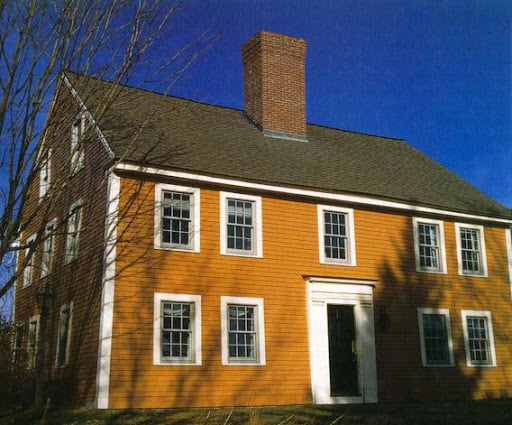

 Contact Northeastern Chimney Today
Contact Northeastern Chimney Today Another brutal winter is over,
Another brutal winter is over, Creosote and Soot
Creosote and Soot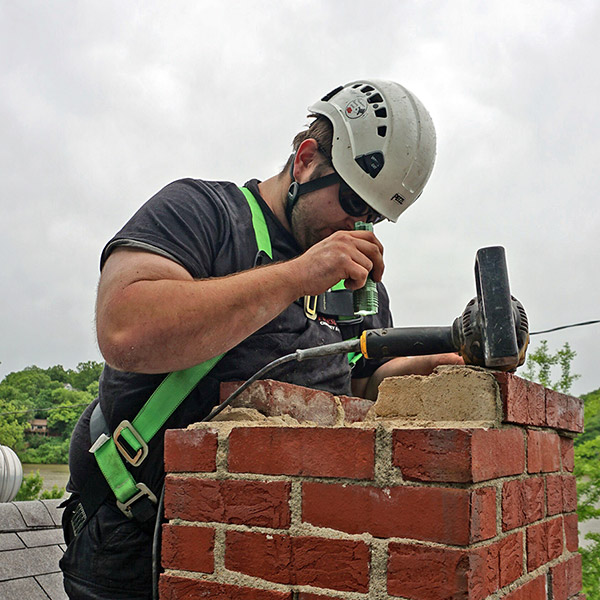 Uninvited Guests
Uninvited Guests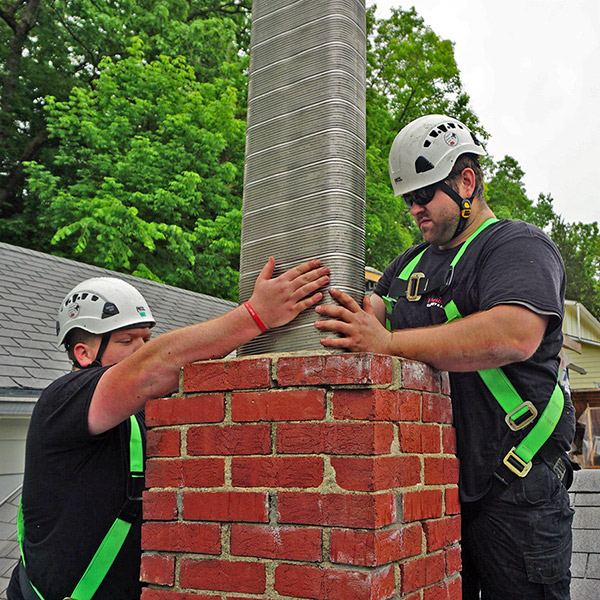 Flue Liner Damage
Flue Liner Damage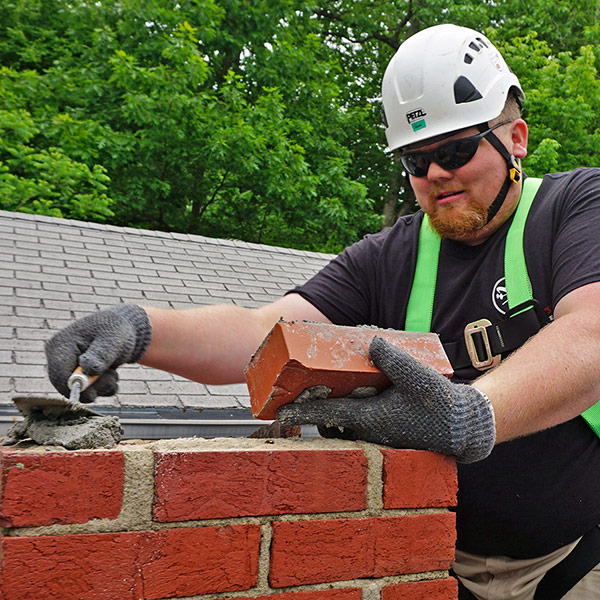 How chimneys suffer serious damage
How chimneys suffer serious damage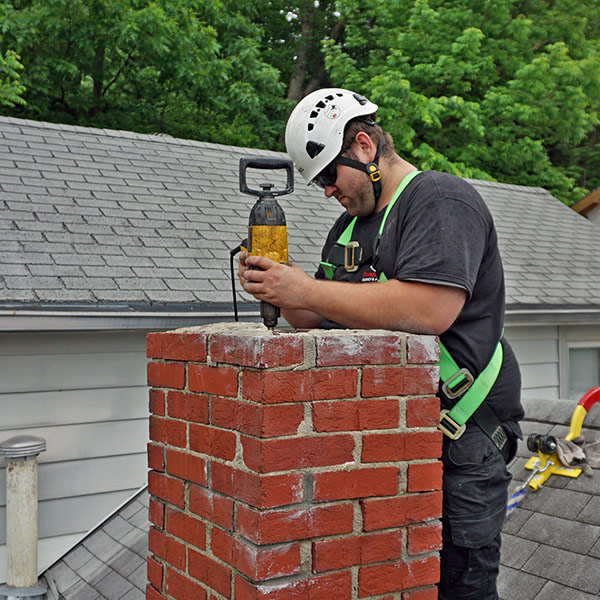 Chimney rebuilding solutions
Chimney rebuilding solutions

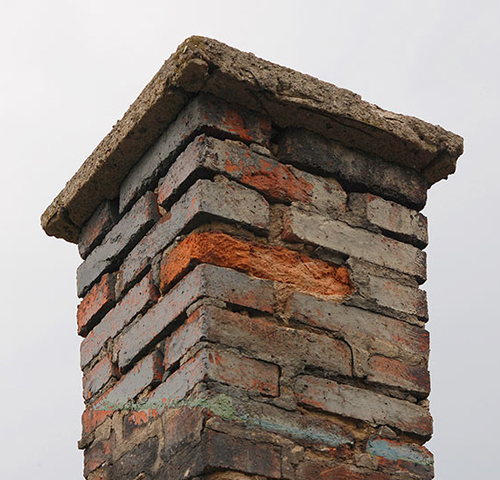 Winter can be damaging to chimneys, especially in areas that experience above-average levels of precipitation. The freeze-thaw effect is the repetitive process of surface moisture freezing and thawing. It is a condition that usually occurs in winter and is especially damaging to porous materials like clay and cement that are used in the construction of
Winter can be damaging to chimneys, especially in areas that experience above-average levels of precipitation. The freeze-thaw effect is the repetitive process of surface moisture freezing and thawing. It is a condition that usually occurs in winter and is especially damaging to porous materials like clay and cement that are used in the construction of 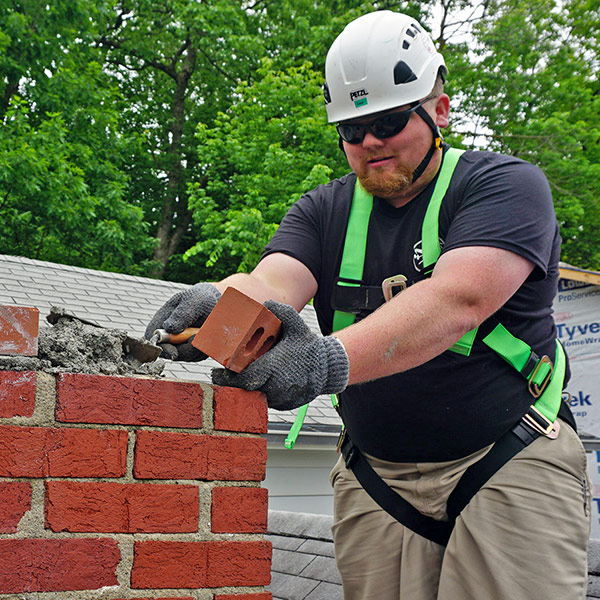 Freeze-Thaw Chimney Repair
Freeze-Thaw Chimney Repair